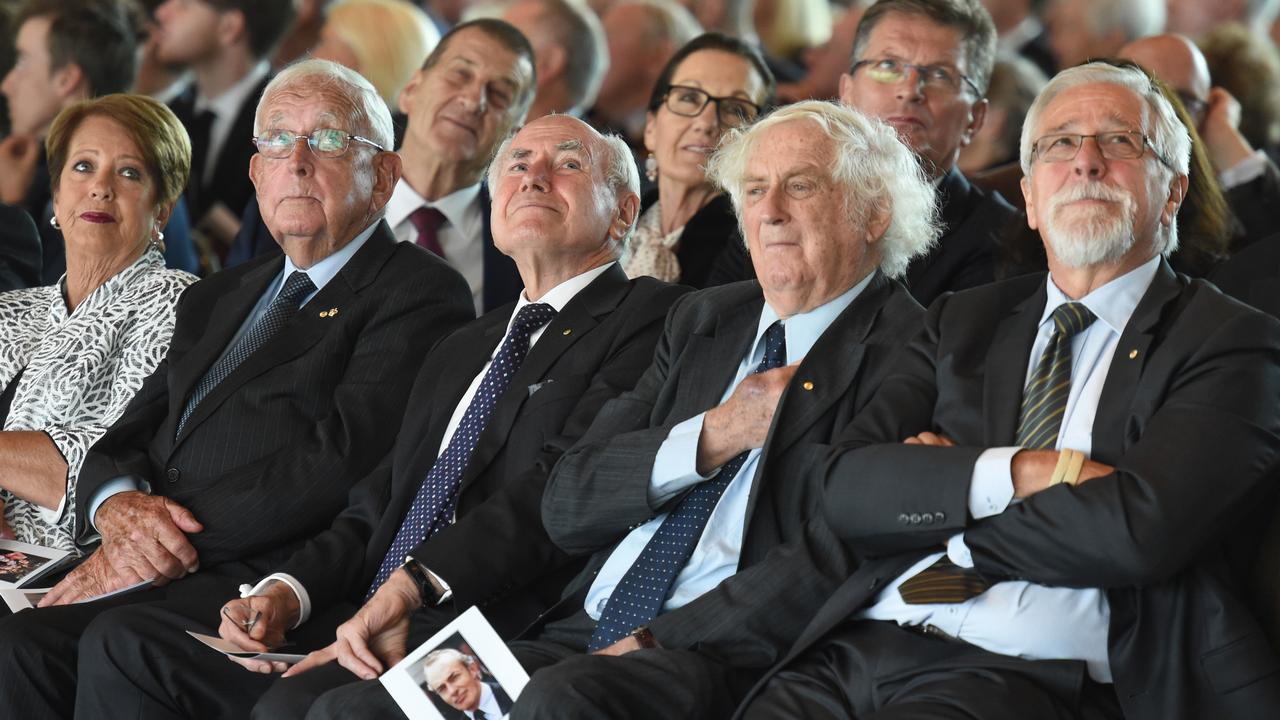The real Fairfax digital numbers
THE revenue Fairfax Media is generating from digital subscriptions has been slashed by a discounting strategy.
THE revenue Fairfax Media is generating from digital subscriptions has been slashed by a discounting strategy underpinned by the distribution of static PDF versions of newspapers to teachers, news that is likely to be poorly received by advertisers.
Fairfax has declared 120,043 digital subscribers across The Sydney Morning Herald and 117,892 The Age, but an investigation by Media has revealed that as many as 48,841 digital subscriptions for the SMH are in fact PDF versions of newspapers, with many of them sent to teachers to boost the top line subscriber numbers.
The PDFs are sold at sharply reduced prices — up to 75 per cent off the full cover price.
The effect the discounting is having on digital revenues can be seen in Fairfax’s most recent half-year result for the six months to December 31.
Under a full-price scenario, the SMH and Age should generate digital revenues of $35 million, but Fairfax reported much lower digital revenues of $9.7m for the half year, which also includes The Australian Financial Review revenue.
The numbers indicate that Fairfax is making about $1.41 a week from each of its digital subscribers. which is barely a quarter of the advertised digital subscription price of about $5.66 a week.
Nicholas Gray, chief executive of The Australian, said this contrasted with majority of The Australian’s rapidly growing group of digital subscribers who “are paying the full $4 a week for a stand-alone digital subscription (following a four-week introductory offer), and the rest are paying an incremental amount as part of a bundle with our home delivered newspaper.”
Fairfax has described its digital subscription strategy as a success, but the headline-grabbing numbers mask a variety of different price points due to generous Audit Bureau Circulation rules.
Audit rules allow for the reporting of sales at different price points, with the value of the transaction treated as immaterial. This means a PDF newspaper sent via an email can be counted as a digital subscription and in what is likely to greeted with some surprise by Fairfax advertisers.
At Fairfax’s AGM last year, chief executive Greg Hywood told shareholders and advertisers: “We have had a positive response to our pricing and bundling packages.”
But the picture emerging demonstrates that the figures posted contain a large number of cut-price PDFs.
“You will see big increases in digital replica editions, and that’s the plan,” a senior Fairfax source said. “Teachers like to be able to see a printed plan (of the paper), even though it’s digital.”
He defended Fairfax’s strategy, saying: “All publishers have a teacher-discount program. It migrated from print to digital by the time of the digital subscription full-bundle launches.”
The first part of the strategy was to stop hard-copy papers being delivered to schools.
Previously, Fairfax provided schools with discounted newspapers, but the company decided to cut all copies delivered to schools when they discovered many newsagencies were rorting the system. “Too many newsagents across Australia use school copies to dud returns, and it’s an income source for them,” a senior source said.
“It’s not a pretty scene when you find those copies coming back as returns. That happily coincided with Greg Hywood’s view that only circulation and marketing efforts should go into full-yield papers.”
There are now no hard copies being delivered to schools, unless they are charged at cost recovery.
Fairfax reports it is selling 48,841 digital replicas of its newspaper in PDF form.
But this figure is misleading. About 36,000 of the 48,841 digital replica edition sales come as part of a packages to consumers, with usage numbers for the digital replica not declared in the EMMA data. The Fairfax source said the strategy was not unfair because “advertisers just want to know how many people are paying for it.”
A second source said it would make sense that the circulation department is targeting teachers through heavy discounts to prop up subscription figures.
“The Herald would be the natural fit for teachers given that they skew left,” he said.
“When the ABC said the teacher replicas could be included (in circulation), you’d go after the low-hanging fruit and the low hanging-fruit is teachers.
“You’d have more chance of getting the teachers to take it than corporates. That’s the logic.”
Fairfax first developed a strategy to grow their digital replica channel early in 2012.
The idea was to grow its audience in the digital format with very limited or no extra resources. The existing digital edition would target all corporate print subscriptions that have ceased in recent years as well as offer to new corporate and other clients.
The change of ABC rules allowed digital editions to be counted and provided opportunities for cost reductions.


